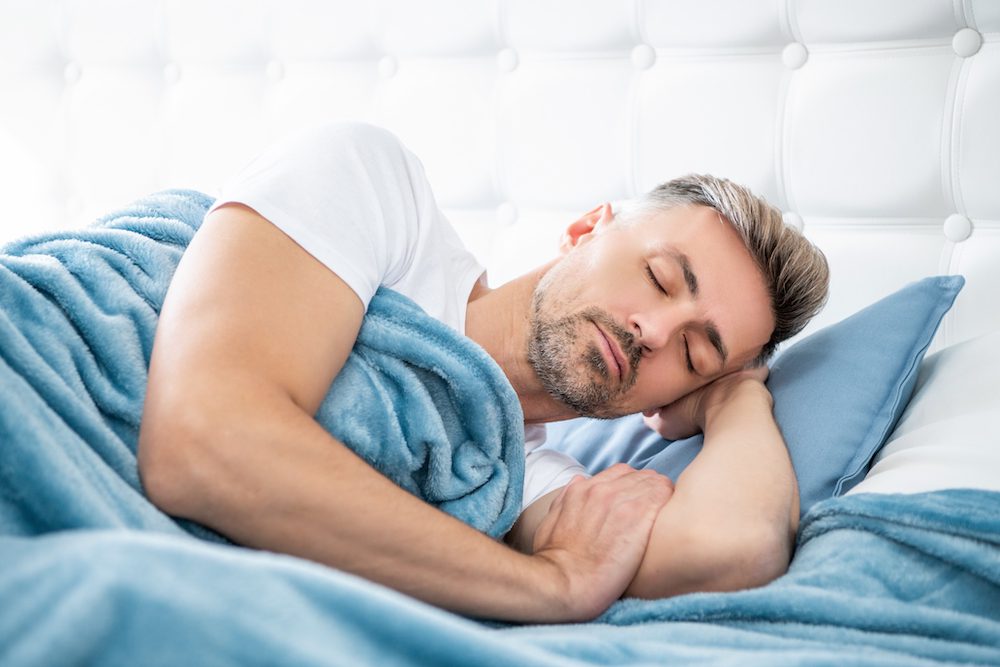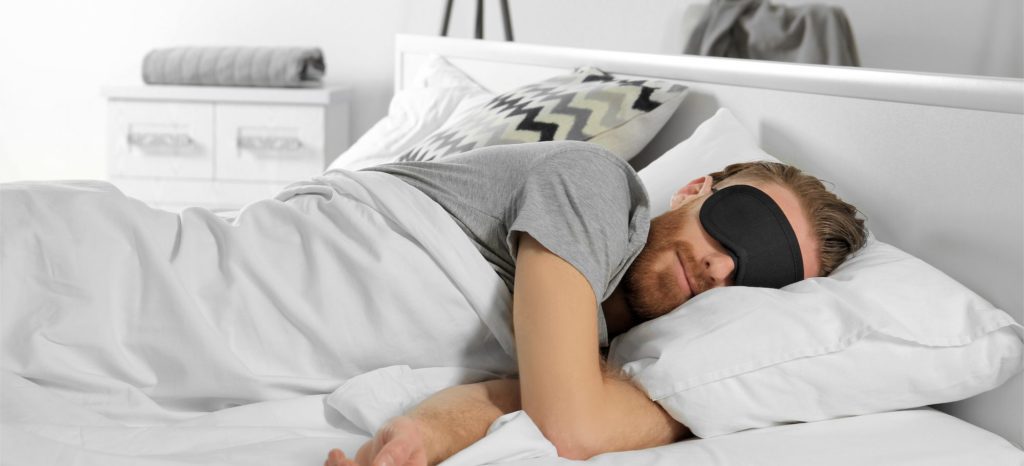Most of us are familiar with the phrases “early bird” and night owl.” However, the science behind these personality traits, known as chronotypes, is a bit more complex than the two labels might suggest.
Adopting a routine that aligns with your chronotype can help ensure you’ll get enough high-quality sleep each night, even if your body doesn’t follow what’s considered a “normal” sleep schedule. Chronotypes also influence other aspects of daily life, such as your appetite, core body temperature, productivity level, and sex drive.
We cover what chronotypes are, the four main chronotype categories, and why they’re important for our day-to-day functioning.
Key Takeaways
- Adapting your schedule to match your chronotype, or natural sleep-wake preference, can lead to better sleep quality and overall well-being.
- Most people are bear chronotypes aligned with the sun, but some people are dolphins with a scattered sleep schedule.
- While lion chronotypes prefer to get things done sooner rather than later, Wolf chronotypes tend to get boosts of energy during the evening.
What Is a Chronotype?
Chronotype refers to your natural disposition to feel alert or sleepy at certain times of the day and night. Many of us wake up refreshed and ready to start the day each morning, others feel more refreshed and function better at night, and some fall in the middle of the spectrum.
Your chronotype is tied to the internal master clock in your brain. This clock guides your sleep and other bodily processes known as circadian rhythms, which operate based on light exposure. Daylight acts as an environmental cue that you should be awake, so your body produces less melatonin, a hormone that promotes tiredness. As daylight fades in the evening, your body produces more melatonin to help you prepare for sleep.
Not everyone’s master clock keeps the same time, though. The clocks run faster for some and slower for others. This is why people wake up, feel productive, get hungry, and fall asleep at different times. When these bodily processes take place is what defines your chronotype.
Find Your Chronotype
Chronotype QuizWhat’s the Difference Between My Chronotype and Circadian Rhythm?
Circadian rhythm is guided by your master clock, and regulates your sleep-wake cycle and other bodily functions such as appetite and core temperature. You can retrain your circadian rhythm if needed. For example, people who work at night need to adjust their circadian rhythm for sleeping during the day. They can accomplish this with certain techniques, such as bright light exposure and caffeine in moderation during their night shifts, and eye masks and blackout curtains in their bedrooms.
Unlike circadian rhythm, your chronotype is influenced by genetics, not light or other environmental factors. Specifically, the PER3 circadian clock gene has been linked to early bird tendencies, or “morningness.” People with shorter alleles in this gene may be more prone to being night owls, or having “eveningness” tendencies. Although your chronotype may evolve over the course of your life, deliberately changing or retraining your chronotype is next to impossible.
So, while chronotype and circadian rhythm are closely related and work together in a sense to keep your body regulated, they are not the same.
Why Your Chronotype Matters
Understanding how chronotypes work can help you sleep better at night and feel more refreshed during the day. If you frequently experience poor sleep quality despite getting a full night’s sleep, you may be working against your chronotype. A schedule that works best for one chronotype may run counter to another. This is a common issue for bed partners with different chronotypes, particularly when one person goes to sleep early while the other stays up late into the night.
By pinpointing your chronotype, you can tailor your daily activities based on when your energy and productivity levels peak. We’ve discussed early birds and night owls, but I’ve broken down further into four categories based on other animals. Each of these four chronotypes is defined by specific windows of productivity, during which they function and perform at their best, albeit at different times of the day.
Remember to work with your chronotype, not against it!
Bear
The bear is the most common human chronotype, found in roughly 55% of the population. People with the bear chronotype — like bears in the wild — essentially follow the sun, waking up when the sun rises in early morning and retiring as darkness falls in the early evening. Their peak productivity hours are 10 a.m. to 2 p.m.
Lion
People with the lion chronotype tend to wake up early, often around 5 a.m., and feel most energetic and productive before noon. Lions tend to feel most accomplished when they tackle their daily to-do list as soon as possible. As energy levels begin to fall in the early afternoon, lions typically wind down in the early evening and fall asleep no later than 10 p.m. Roughly 15% of people have the lion chronotype.
Wolf
If you know someone who isn’t a “morning person,” chances are they’re a wolf — about 15% of the population has this chronotype. Wolves usually wake up later in the day, and feel most productive between 10 a.m. and 4 p.m. They’ll also get bursts of energy in the evening. Midnight or later is a common bedtime for wolves.
Dolphin
About 10% of people have the dolphin chronotype, which is the hardest to form a schedule around without sacrificing sleep quality. This chronotype gets its name because dolphins in the wild remain alert while sleeping to evade predators. People with this chronotype tend to be sensitive to light and noise while they sleep, and prone to fragmented sleep patterns. Many are considered insomniacs. However, dolphins have a strong productivity window between 10 a.m. and 2 p.m.
You may have noticed these four chronotypes collectively represent 95% of the population. Chronotypes fall on a spectrum and some people land in gray areas between the four main categories. However, if you feel like you’re in this 5% minority, chances are you lean into one chronotype more than the other three.

How to Find Your Chronotype
Figuring out which chronotype best represents you may sound difficult, but the process is actually pretty straightforward. My chronoquiz can be a helpful first step.
With a handful of questions, my quiz narrows your chronotype based on certain factors. These include:
- Your age
- Whether you’re sensitive to noise or light during sleep
- How often and loudly you snore
- When you wake up
- How you feel when fatigued
Based on these and other responses, the quiz determines your chronotype. I’ll follow up with a series of emails containing sleep tips and strategies unique to your chronotype’s needs. Whether you’re a bear, lion, wolf, or dolphin, this advice can help you maximize your productivity during the day and sleep better at night.
Ask the Sleep Doctor
Have questions about sleep? Submit them here! We use your questions to help us decide topics for future articles, videos, and newsletters. We try to answer as many questions as possible. You can also send us an email. Please note, we cannot provide specific medical advice, and always recommend you contact your doctor for any medical matters.







